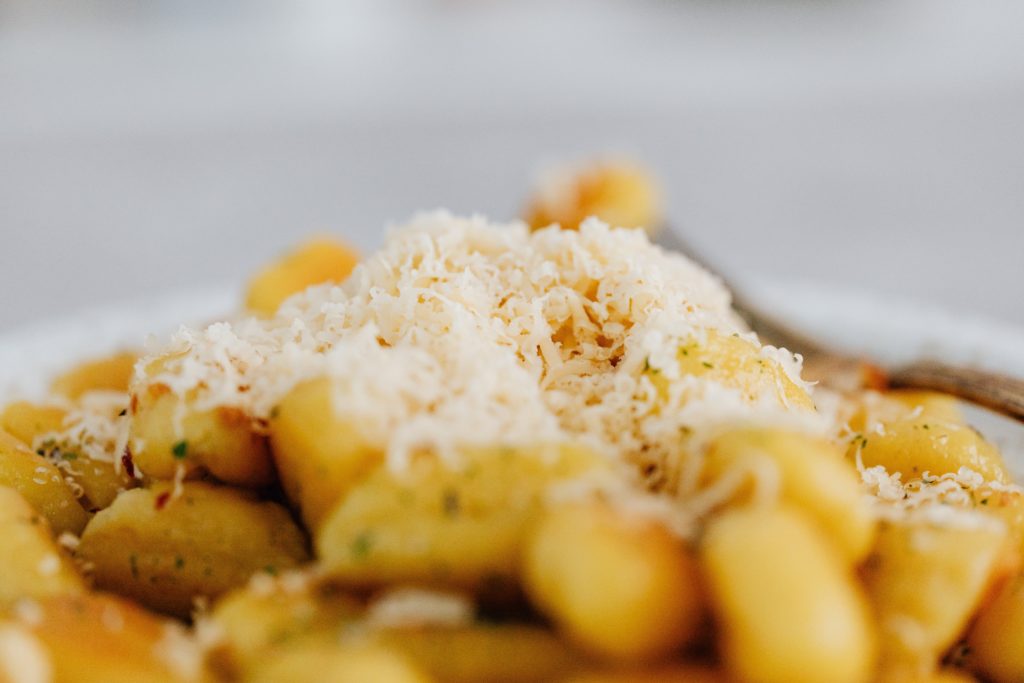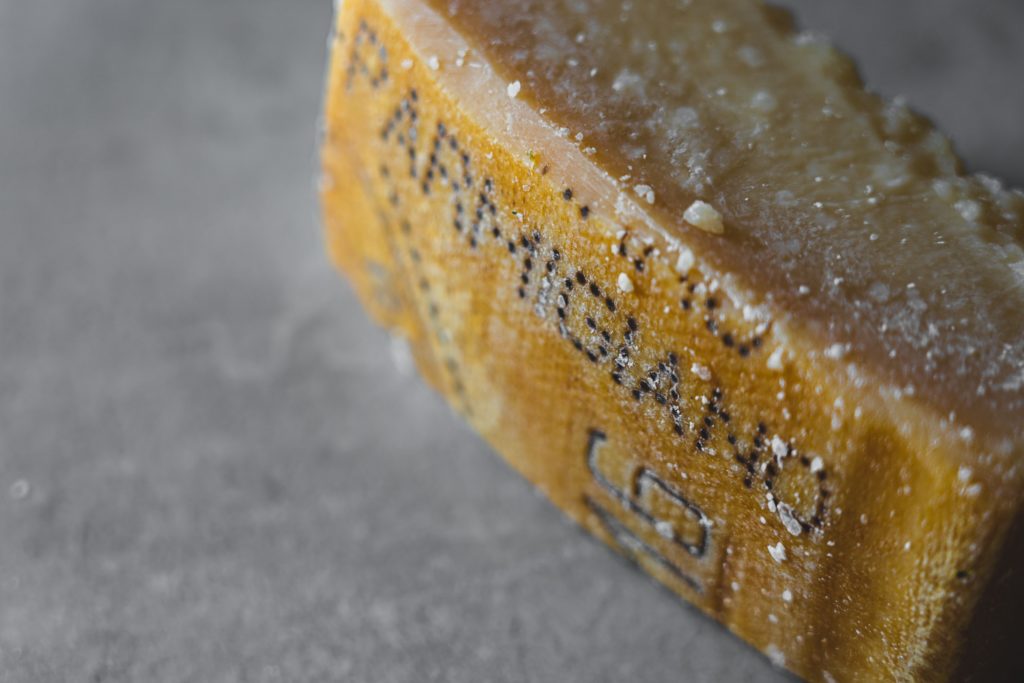
Should you add cheese to your pasta? And if so, which one?
I don’t know about you, but for some time I was a firm believer in putting grated cheese over pasta, any pasta, always.
The truth is adding cheese to pasta is not always advised in Italian tradition, it all depends on the sauce. On some sauces, like Bolognese and Carbonara, it is usually accepted to add some grated cheese before eating, but for many other sauces it’s more a matter of taste, and manners.
See, in traditional Italian cooking a pasta sauce takes hours to cook, and the recipes are perfected over the years, through generations. When preparing a dish of pasta Italians are actually setting the base to enjoy the sauce, and adding cheese to the mix, just because, could totally throw off the balance of the ingredients.
So if you are ever in Italy or around Italian people, the polite thing is to only add cheese to your dish if offered some. The idea is that the waiter or host will know if the sauce you are about to taste goes well with cheese or not, and offer it to you accordingly. At the very least try your pasta as it comes to you first, and then ask for cheese if you really think it needs some, kind of like you would do with salt.
Ok, now that we know the basics about putting cheese on pasta, let’s take a look at the different types of cheese that can go well with pasta, where do they come from and in which cultures they are used.
What cheese do the Italians put on their pasta?

When Italians add cheese to their pasta, that will almost always be Parmigiano-Reggiano, also known as Parmesan cheese. This cheese is made from cow’s milk and has a hard, granular texture. It is aged for at least two years and has a sharp, nutty flavor. Other types of cheeses that are commonly used in Italian pasta dishes include Pecorino Romano and Grana Padano.
There are regional variations or course. For example, in Piedmont, located at the north of Italy and sharing borders with France and Switzerland, you might find that gorgonzola is sometimes used on pasta instead of parmesan.
What about Cheddar, Emmental or Gruyere?
Depending on where you are from, you might be used to adding other types of cheese to your pasta, and might even think that the cheese you are used to is the “traditional” one. But don’t you dare tell that to an Italian!
I remember visiting an Italian restaurant once with a native Italian friend. When taking our order the waiter asked my friend “would you like some cheese on your pasta?”, to which my friend replied “sure!”. The waiter went on to asking “which cheese would you like?”. My friend then replied “what do you mean?”. The waiter very politely explained that they could add parmesan cheese or Emmental cheese to her order. I will never forget my friend’s face, confused, when she very calmly told the waiter “you do not put Emmental on pasta, that is wrong!”.
Well, as we’ve already seen parmesan (or similar) is the way to go according to Italian tradition, but one of the things that makes pasta unique and so successful is its adaptability, and different cultures have definitely taken advantage of this fact to make pasta a little bit more their own by pairing it with other types of cheese.
Emmental cheese on pasta
Spain is known to use Emmental cheese on their pasta (now you know where the previous story happened).
This comes from other traditional dishes which use pasta and gratin cheese on top, that cheese often being Emmental. The Spanish assumed if Emmental cheese went well with pasta gratin it would also go well with non-gratin pasta.
Gruyere cheese on pasta
Very similarly, in France, it is common to add grated Gruyere cheese on top of pasta dishes such as quiche and gratins. And once again, if it pairs well in one dish why wouldn’t it go well simply grated over pasta, right?
Feta cheese on pasta
You’ve probably guess which country we are going to be mentioning next. Greece! The Greeks have their very unique family of cheeses, feta being one of the most widely used. It was only a matter of time before someone decided to try it on pasta, and the truth is it can go quite well with some pasta dishes, specially those with simple sauces or no sauce at all, just a little bit of virgin olive oil, some vegetables and feta cheese.
Actually, a very easy pasta with feta cheese recipe recently went viral on social media, If you haven’t tried it yourself you probably at least heard about it. This is how it came out for some of the people who gave it a try.
Cheddar cheese on pasta
Cheddar cheese is not as common to find in Europe. It originally comes from the British Isles, and it is commonly added to macaroni and cheese in the United States.
Now you know that adding cheese to your pasta is not to be taken lightly, and if you do you know what your options are and who will love you or judge for it!
Whichever cheese you choose… Buon appetito!


[…] an extra cheesy twist, top your ravioli with a sprinkling of grated Parmesan […]